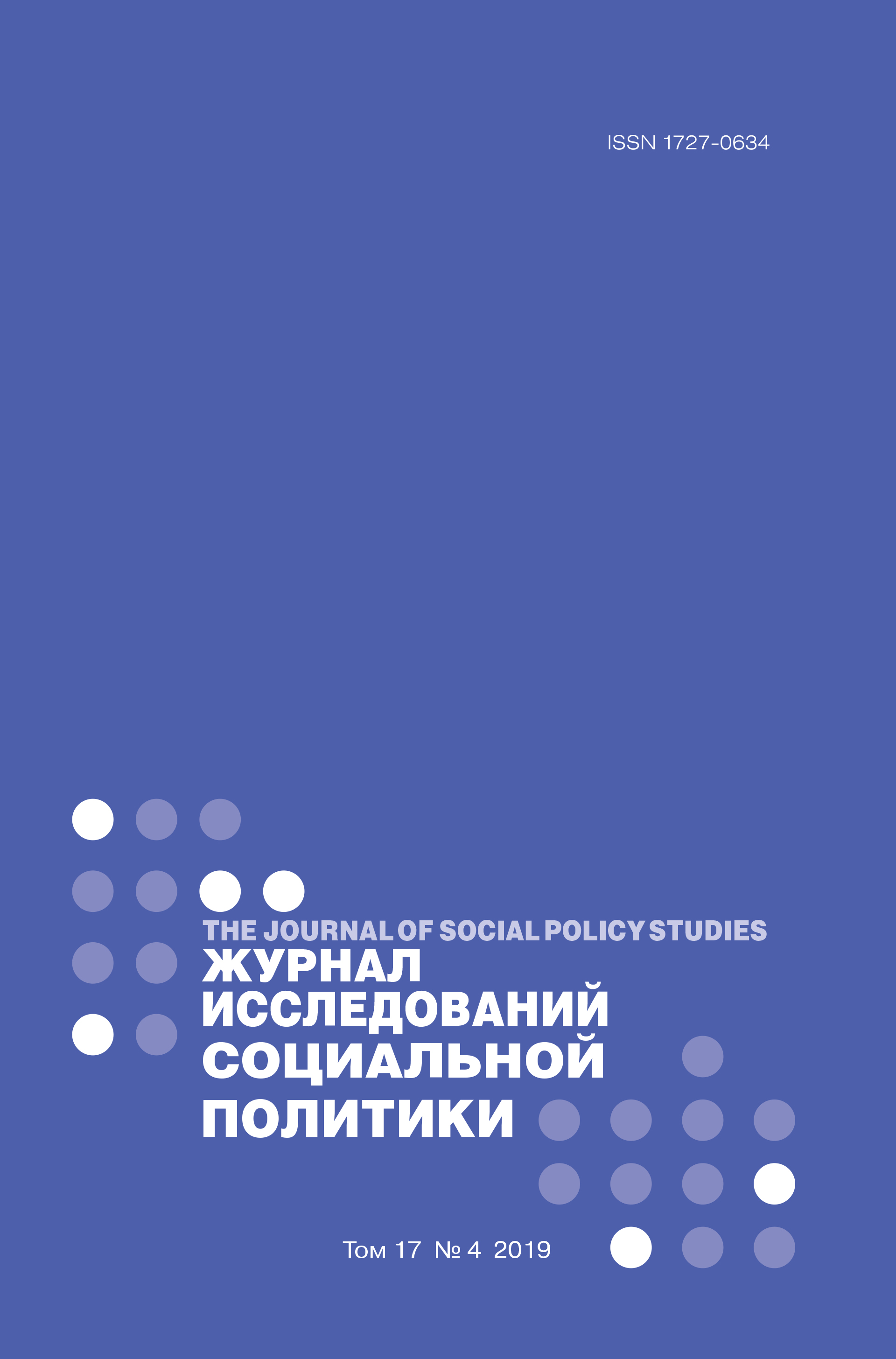Children in Cinema as a Social Problem: Results of the 1930s Payne Fund Studies
Abstract
The first largescale research on motion pictures in the USA was conducted by a group of specialists associated with the Chicago School of Sociology. Their project became known as the Payne Fund Studies. It was initiated by a Congregationalist minister William Short. For scientific reasons he sought to restrict film’s influence on kids. In the early 1930s, American sociologists, social psychologists, and specialists in education published a series of empirical studies. Their goal was to measure the mechanisms of film influence on potential delinquents. In this overview, the Payne Fund Studies are historically and theoretically reconstructed. This case can be viewed as an important moment when the sociology of film and social policy came together. The influence of films on cinemagoers was considered to be a problem by scholars. Nevertheless, most scholars participating in the project did not see censorship as the only solution for the problem. While still agreeing on cinema’s capacity for influencing people, some of the research group developed the hypothesis that film content could be changed by active viewers. As the results of the Payne Fund Studies came to be increasingly popularised, the main conclusions of these sociologists were interpreted as a justification for introducing censorship. One journalist misinterpreted the project participants’ conclusions in popular form. Sharp critique followed, leading to the the Payne Fund Studies being compromised in the American scientific community. The last significant article of the project, published by Paul Cressey, was a more complex and theoretically-founded interpretation of the results that did not receive the attention it deserved from the scientific community.















